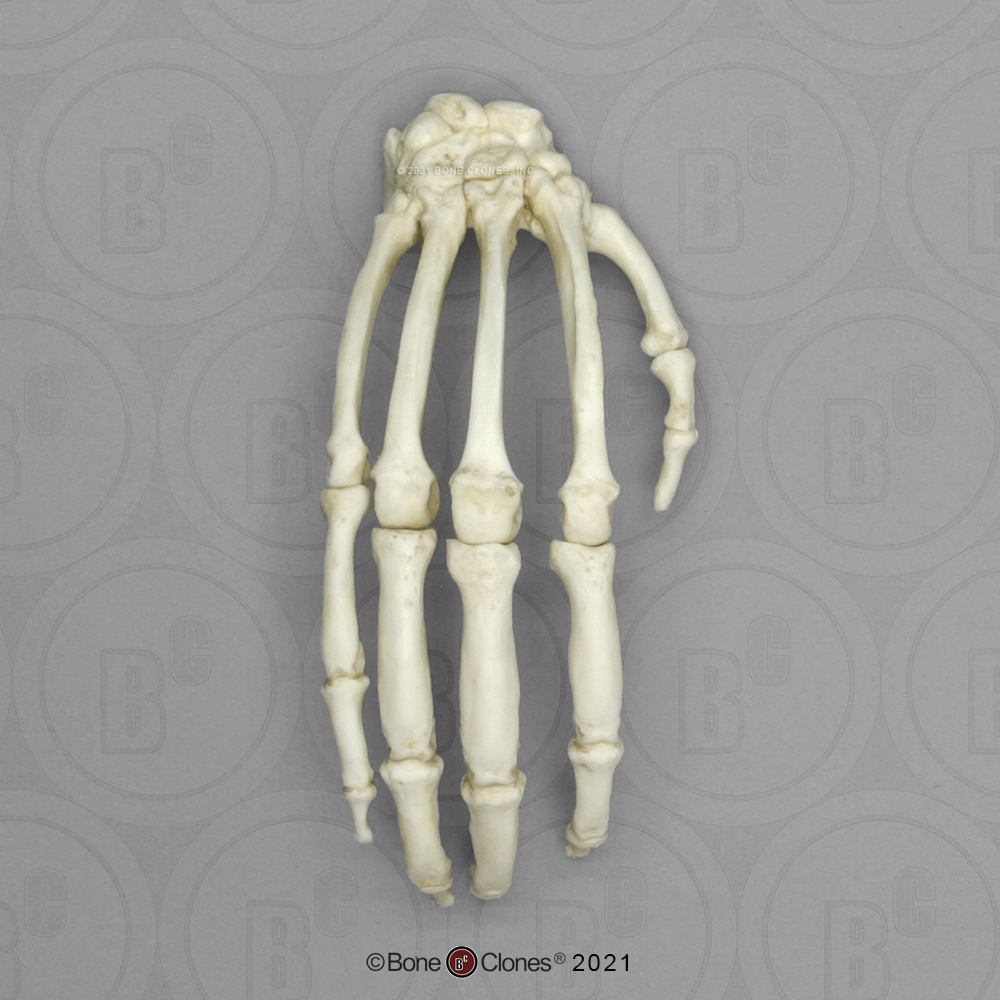
In 1975, two Gombe researchers named Bill McGrew and Caroline Tutin traveled to Mahale to learn about the work of the Japanese primatologists first-hand. One of the most striking findings about these primates occurred when scientists from both sites met. There, Nishida’s team made important discoveries about the social life of chimpanzees, as well as detailing how they consumed medicinal plants when they were experiencing health problems. The second site was founded five years later by Japanese primatologist Toshisada Nishida, in the Mahale Mountains, a little over 100 miles as the crow flies from Goodall’s location. The first and best-known was in the Gombe National Park in Tanzania, set up in 1960 by the famous primatologist Jane Goodall, who was the first to observe chimpanzees using tools to hunt termites, eating meat and waging war. In the 1970s, most of human knowledge regarding chimpanzees came from two research sites. These biases in social learning are the engine of our cultural evolution and, to better understand their origins, science is studying them in other species as well: in particular, recent discoveries involving chimpanzees are very revealing, although they are the result of a story that began decades ago. In the same way, we are far more likely to acquire a custom if we see it adopted by the majority. It is not the same thing for Spanish superstar Rosalía to invent the term “motomami” as it is for a small-town priest to do so.

We forge our habits through social learning, but we do so selectively. That’s how we humans are: a few individuals have the power to influence the habits of many. The Beatles made half the world twist and shout and Elizabeth I popularized red lipstick.


 0 kommentar(er)
0 kommentar(er)
